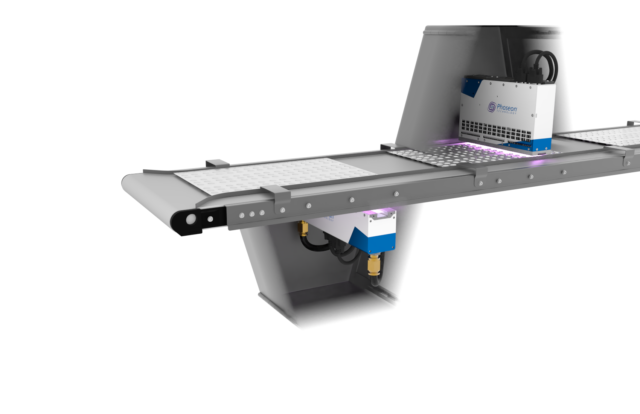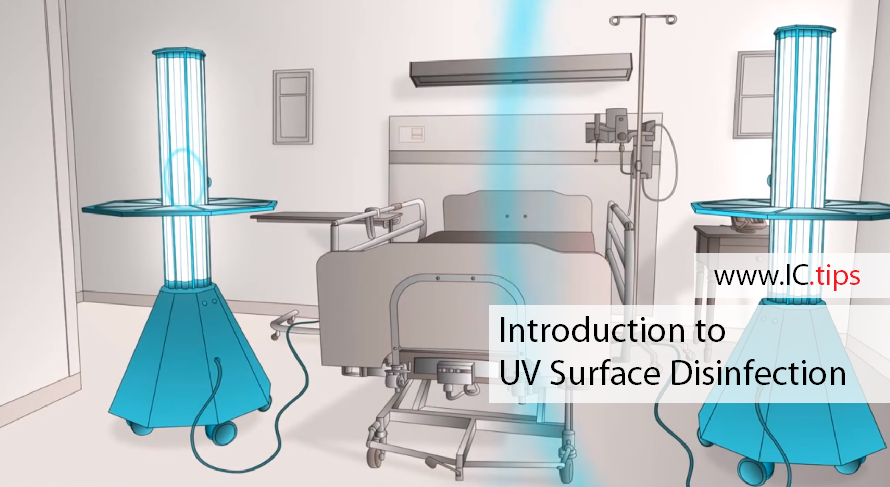UV Disinfection: The Cutting-Edge Innovation Transforming Sanitation Practices
In the realm of sanitation techniques, one innovation has actually arised as a game-changer: UV disinfection. From medical care setups to food handling, UV sanitation is making its mark in numerous sectors.
Exactly How UV Disinfection Works
UV sanitation functions by making use of ultraviolet light to damage or suspend microorganisms, supplying a chemical-free and extremely reliable approach of cleanliness. This innovation utilizes the power of short-wavelength UV-C light, which can harming the DNA and RNA of microbes, therefore rendering them incapable to create and replicate harm.
The process starts with the installation of UV sanitation systems, which consist of UV lamps that produce UV-C light. These lights are tactically put in locations where microbial contamination is a worry, such as water treatment plants, healthcare facilities, research laboratories, and food processing facilities.
When microorganisms are subjected to UV-C light, the photons permeate their cell wall surfaces and get to the DNA and RNA inside. The high-energy UV-C photons interfere with the hereditary product by creating bonds in between surrounding nucleotides, bring about the formation of thymine dimers. These dimers prevent the microbes from replicating, rendering them harmless.
UV sanitation is extremely reliable versus a wide variety of microbes, consisting of parasites, germs, and infections. It is particularly efficient against waterborne pathogens like E. coli, Giardia, and Cryptosporidium. UV disinfection is a chemical-free approach, getting rid of the demand for possibly dangerous disinfectants and decreasing the threat of hazardous sanitation spin-offs.
Advantages of UV Disinfection
UV disinfection provides many advantages in the field of hygiene, making it a very chosen approach for efficiently getting rid of hazardous microorganisms. Unlike conventional sanitation methods that count on chemicals, UV sanitation uses ultraviolet light to destroy the DNA of microorganisms, providing them incapable to reproduce and create infections.

UV disinfection is likewise highly flexible in its applications. It can be made use of in different settings, consisting of medical facilities, institutions, food processing centers, and water treatment plants. UV disinfection systems can be easily incorporated into existing cleanliness practices, supplying an extra layer of protection versus infectious illness.
Along with its efficiency and convenience, UV sanitation is also eco pleasant. It does not produce any kind of unsafe by-products or deposits, making it a secure and lasting approach for hygiene - uv surface disinfection. Furthermore, UV sanitation needs marginal maintenance and has a long lifespan, resulting in price financial savings in the future.
UV Sanitation in Health Care Settings
In healthcare setups, UV sanitation has become an innovative technique for efficiently eliminating dangerous microbes. Using UV light to decontaminate surfaces and devices has gained appeal because of its ability to provide an added layer of protection against virus. UV disinfection works by sending out ultraviolet light at a specific wavelength that is lethal to microorganisms, viruses, and various other bacteria. This technology offers a number of advantages in health care setups.
Firstly, UV disinfection is a non-chemical method, making it an environmentally pleasant choice compared to traditional disinfection methods that commonly include making use of harsh chemicals. Using UV light eliminates the requirement for chemical anti-bacterials, lowering the danger of unsafe residue or chemical exposure to both individuals and health care workers.
In addition, UV sanitation is extremely reliable in eliminating a broad array of bacteria, consisting of drug-resistant germs such as MRSA and C. difficile. It provides a consistent and dependable disinfection process, making sure that all surface areas and tools are thoroughly disinfected, also in hard-to-reach areas.

UV Disinfection in Food Processing
The application of UV disinfection prolongs beyond healthcare settings and locates substantial value in the realm of food processing. uv surface disinfection. UV sanitation technology is ending up being significantly prominent in the food sector as a result of its capability to efficiently eliminate damaging virus and enhance food safety
Among the main advantages of UV sanitation in food handling is Visit Your URL its capability to target a variety of bacteria, consisting of germs, viruses, and molds. By utilizing UV light at details wavelengths, it is feasible to interfere with the DNA and RNA of these virus, providing them unable to recreate or create harm. This innovation can be put on different phases of the food processing chain, including surface disinfection, devices sanitation, and water treatment.
UV sanitation gives a chemical-free and non-thermal approach of sterilizing foodstuff. Unlike standard disinfection approaches that rely upon chemicals or warmth, UV modern technology does not leave any kind of residue or alter the preference, structure, or nutritional try these out value of the food. This makes it a suitable option for markets that require stringent adherence to high quality criteria.
Moreover, UV disinfection systems are easy to operate and mount, needing very little upkeep. They can be integrated into existing processing lines without causing considerable disruptions to the production procedure. In addition, UV systems have a quick treatment time, enabling continual handling and reducing downtime.
The Future of UV Disinfection

One area where UV sanitation is expected to make substantial improvements remains in the field of healthcare. With the increase of antibiotic-resistant germs and the requirement for extra efficient sanitation approaches, UV light has the potential to play a crucial role in minimizing healthcare-associated infections. UV sanitation systems can be used to decontaminate surfaces, equipment, and also the air in medical care facilities, helping to stop the spread of harmful pathogens and improve client safety.
Another market that can click to investigate take advantage of improvements in UV sanitation modern technology is the food sector. UV light has actually already proven to be a reliable technique for sanitizing food and lowering the risk of foodborne ailments. As technology improves, we can anticipate to see extra reliable and economical UV sanitation systems being applied in food processing plants, ensuring that the food we consume is risk-free and cost-free from dangerous germs.
Final Thought
In verdict, UV disinfection is a cutting-edge modern technology that is changing cleanliness methods in health care settings and food handling. By using UV light to eliminate or shut off bacteria, it supplies many benefits such as efficiency, effectiveness, and safety and security. With recurring improvements in this field, UV sanitation holds great prospective for the future of hygiene, giving a trusted and sustainable service for keeping clean and hygienic environments.
UV disinfection is a chemical-free technique, getting rid of the need for potentially hazardous disinfectants and minimizing the threat of unsafe disinfection spin-offs.
Unlike typical disinfection techniques that depend on chemicals, UV disinfection utilizes ultraviolet light to damage the DNA of bacteria, providing them unable to duplicate and trigger infections. Unlike traditional sanitation approaches that count on chemicals or warmth, UV innovation does not leave any type of residue or change the taste, appearance, or dietary value of the food. As modern technology enhances, we can expect to see much more cost-efficient and effective UV sanitation systems being implemented in food processing plants, ensuring that the food we take in is risk-free and complimentary from dangerous bacteria.
In conclusion, UV sanitation is a sophisticated modern technology that is changing sanitation practices in health care settings and food handling.
Comments on “UV Surface Disinfection Demystified: Recognizing the Scientific Research Behind the Option”